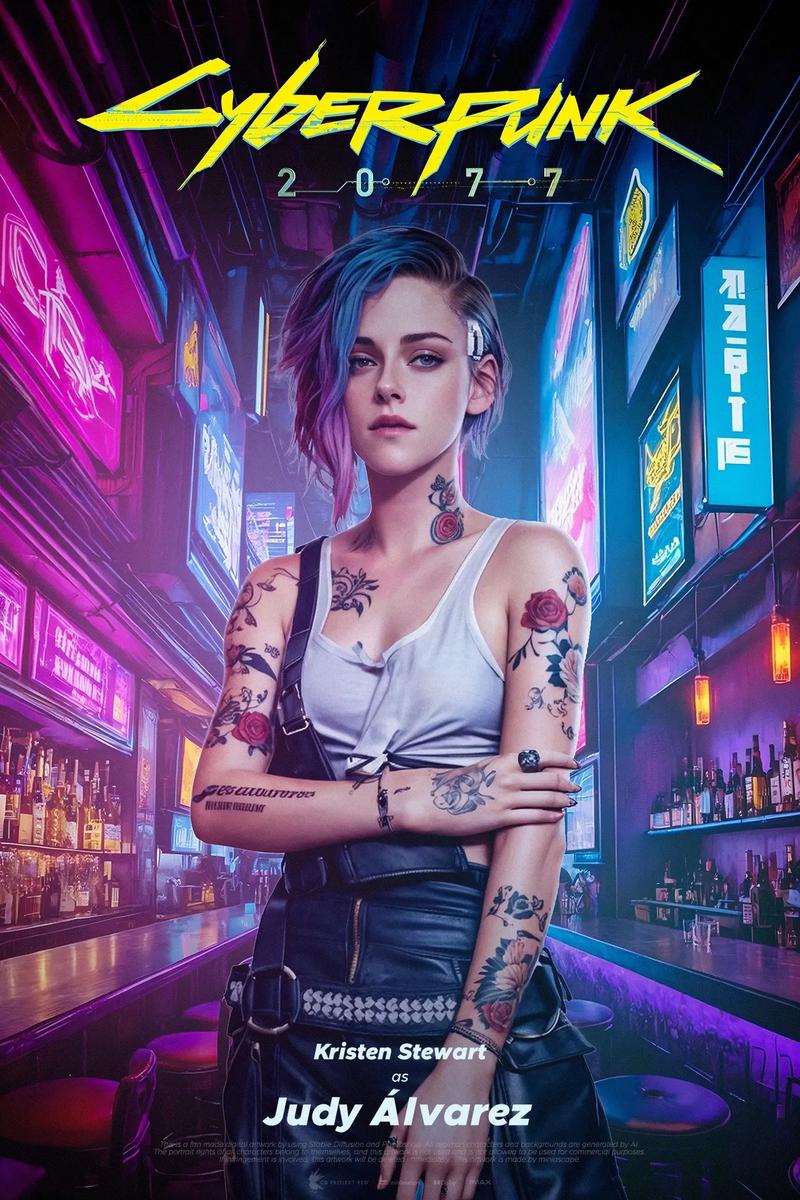Shadow Warrior 2 Score: Looter Shooter Shift
By [Your Name]
Introduction
Shadow Warrior 2, developed by Flying Wild Hog and published by Devolver Digital, is a first-person shooter that blends frenetic combat, dark humor, and a surprising twist: looter-shooter mechanics. While the original Shadow Warrior (2013) and its 2016 sequel focused on linear, skill-based gameplay, Shadow Warrior 2 took a bold step by introducing randomized loot, procedurally generated levels, and RPG-like progression. This shift polarized fans but also carved a unique identity for the game.
In this article, we’ll explore how Shadow Warrior 2’s score—both its musical composition and its critical reception—reflects this transition from a pure action FPS to a hybrid looter-shooter.
The Soundtrack: A Fusion of Styles
Composed by Piotr Musiał (known for The Witcher 3: Wild Hunt’s additional music), Shadow Warrior 2’s soundtrack is a dynamic mix of electronic beats, traditional Asian instrumentation, and heavy metal riffs. This eclectic approach mirrors the game’s genre-blending nature.
-
Cyberpunk Meets Eastern Mysticism
Tracks like "Lo Wang’s Theme" combine synthwave elements with shamisen and koto, reinforcing the protagonist’s dual identity as a cybernetically enhanced assassin with a samurai’s soul. -
Dynamic Combat Tracks
Unlike the original’s fixed level design, Shadow Warrior 2’s procedural arenas demanded adaptive music. The score shifts seamlessly between ambient exploration and high-octane combat, much like the game’s unpredictable loot drops. -
Boss Themes as a Highlight
The orchestral-metal hybrid tracks for bosses (e.g., "Zilla’s Revenge") elevate the looter-shooter grind into epic showdowns, rewarding players for their gear upgrades.
Critical Reception: Praise and Backlash
The game’s Metacritic score settled at 76/100 (PC), with critics divided on its new direction:
The Positives
- "A Refreshing Take" (IGN) – Critics praised the loot system for adding replayability.
- "Visceral Combat + Depth" (PC Gamer) – The weapon customization and gem system were highlights.
- "Humor That Works" (Kotaku) – Lo Wang’s one-liners remained a charm point.
The Negatives
- "Identity Crisis" (Eurogamer) – Some felt the looter mechanics diluted the series’ purity.
- "Repetitive Grind" (Polygon) – Procedural levels were hit-or-miss.
- "Less Memorable Than SW1" (Destructoid) – The narrative took a backseat to loot hunting.
Why the Looter-Shooter Shift Worked (And Didn’t)
Successes:
✅ Player Freedom – Guns, swords, and magic could be mixed freely, encouraging experimentation.
✅ Co-Op Play – Dropping in with friends made the grind enjoyable.
✅ Visual Spectacle – The neon-drenched art style complemented the chaotic gameplay.
Shortcomings:
❌ Shallow RPG Mechanics – Stats like "+2.3% crit chance" felt tacked-on.
❌ Weak Endgame – After the story, there was little incentive to keep farming.
❌ Lost Focus – The original’s tight level design was sacrificed for replayability.
Legacy & What’s Next
Shadow Warrior 2’s experiment laid groundwork for Shadow Warrior 3 (2022), which reverted to linear storytelling but kept some RPG elements. The score’s fusion of styles remains a standout, proving that even divisive changes can leave a mark.
For fans of loot-driven shooters (Borderlands, Destiny), SW2 is a hidden gem. For purists, it’s a flawed but fascinating detour. Either way, its boldness deserves recognition.

Final Score: 7.5/10 – A chaotic, fun, if uneven, evolution of the franchise.
Would you like a deeper dive into any section? Let me know!














